DISCOVERING FORCES
Friction, motion, and force are some of the backbones of physics. Learn Newton's laws of motion, how to build a rocket boat, and more with the great physics experiments in this book. Many experiments include ideas you can use for your science fair.
About the Authors
ROBERT GARDNER is an award-winning author of science books for young people. He is a retired high school teacher of physics, chemistry, and physical science. MADELINE GOODSTEIN, PhD, is a retired professor of chemistry from Central Connecticut State University. She is the author of numerous science project books with Enslow Publishers, Inc.

When you hear the word science, do you think of a person in a white lab coat surrounded by beakers of bubbling liquids, specialized lab equipment, and computers? What exactly is science? Maybe you think science is only a subject you learn in school. Science is much more than that.
Science is the study of the things that are all around you, every day. No matter where you are or what you are doing, scientific principles are at work. You do not need special materials or equipmentor even a white lab coatto be a scientist. Materials commonly found in your home, at school, or at a local store will allow you to become a scientist and pursue an area of interest. By making careful observations and asking questions about how things work, you can begin to design experiments to investigate a variety of questions. You can do science. You probably already have but just did not know it!
Perhaps you are reading this book because you are looking for an idea for a science fair project. Maybe you want to learn about Newtons three laws of motion. This book will provide an opportunity for you to understand the concepts of friction, acceleration, buoyancy, gravity, the Coriolis force, centripetal force, and more. You can have fun working with bowling balls, pendulums, levers, toy cars, rockets, marbles, and bicycles. Doing the experiments will help you learn about the science behind some everyday things.
All scientists look at the world and try to understand how things work. They make careful observations and conduct research about a question. Different areas of science use different approaches. Depending on the phenomenon being investigated, one method is likely to be more appropriate than another. Designing a new medication for heart disease, studying the spread of an invasive plant species such as purple loosestrife, and finding evidence that there was once water on Mars all require different methods.
Despite the differences, however, all scientists use a similar general approach to do experiments. It is called the scientific method. In some experiments, some or all of the following steps are used: making observations, formulating a question, making a hypothesis (an answer to the question) and a prediction (an if-then statement), designing and conducting an experiment, analyzing results and drawing conclusions, and accepting or rejecting the hypothesis. Scientists then share their findings with others by writing articles that are published in journals. Afterand only aftera hypothesis has repeatedly been supported by experiments can it be considered a theory.
You might be wondering how to get an experiment started. When you observe something in the world, you may become curious and come up with a question. Your question can be answered by a well-designed investigation. Your question may also arise from an earlier experiment or from background reading. Once you have a question, you should make a hypothesis. Your hypothesis is a possible answer to the question (what you think will happen). Once you have a hypothesis, it is time to design an experiment.
In some cases, it is appropriate to do a controlled experiment. This means there are two groups treated exactly the same except for the single factor that you are testing. That factor is often called a variable. For example, if you want to investigate whether mass affects acceleration of an object, two toy trucks may be used. One is called the control, and the other is called the experimental. The two trucks should be treated exactly the same. Blocks may be added to the trucks so that the second truck will have twice the known mass of the first. The trucks will be pulled and their accelerations measured in exactly the same way. The variable is massit is the thing that changes, and it is the only difference between the two groups.
During the experiment, you will collect data. For example, you might measure acceleration of each of the trucks using an accelerometer. By comparing the data collected from the control group with the data collected from the experimental group, you will draw conclusions. Since the two groups were treated exactly alike except for their masses, an increase in acceleration of the experimental truck would allow you to conclude with confidence that increased acceleration is a result of the one thing that was different: mass.
Two other terms that are often used in scientific experiments are dependent and independent variables. The dependent variable here is acceleration, because it is the one you measure as an outcome. It may depend upon mass. Mass is the independent variable. It is the thing that the experimenter intentionally changes. After the data is collected, it is analyzed to see whether the hypothesis was true or false. Often, the results of one experiment will lead you to a related question, or they may send you off in a different direction. Whatever the results, there is something to be learned from all scientific experiments.
Many of the experiments in this book may be appropriate for science fair projects. Experiments marked with a symbol ( ) include a section called Science Fair Project Ideas. The ideas in this section provide suggestions to help you develop your own original science fair project. However, judges at such fairs do not reward projects or experiments that are simply copied from a book. For example, a ball or car rolling down an inclined plane would probably impress the judges more if it were done in a novel or creative way. A better project might involve a carefully performed experiment to find out whether the angle at which a baseball is thrown affects the time it takes to reach home plate. This project would probably receive careful consideration.
) include a section called Science Fair Project Ideas. The ideas in this section provide suggestions to help you develop your own original science fair project. However, judges at such fairs do not reward projects or experiments that are simply copied from a book. For example, a ball or car rolling down an inclined plane would probably impress the judges more if it were done in a novel or creative way. A better project might involve a carefully performed experiment to find out whether the angle at which a baseball is thrown affects the time it takes to reach home plate. This project would probably receive careful consideration.
Science fair judges tend to reward creative thought and imagination. However, it is difficult to be creative or imaginative unless you are really interested in your project. If you decide to do a project, be sure to choose a topic that appeals to you. Consider, too, your own ability and the cost of materials. Do not pursue a project that you cannot afford.
If you use a project found in this book for a science fair, you will need to find ways to modify or extend it. That should not be difficult because you will probably find that as you do these projects new ideas for experiments will come to mind. These new experiments could make excellent science fair projects, particularly because they spring from your own mind and are interesting to you.
If you decide to enter a science fair and have never done so before, you should read some of the books listed in the Further Reading section. The books that deal specifically with science fairs will provide plenty of helpful hints and lots of useful information that will enable you to avoid the pitfalls that sometimes plague first-time entrants. You will learn how to prepare appealing reports that include charts and graphs, how to set up and display your work, how to present your project, and how to relate to judges and visitors.

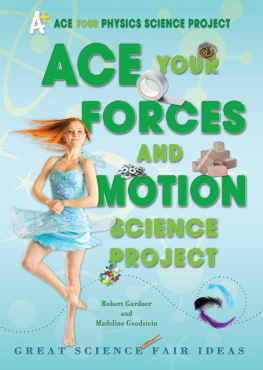
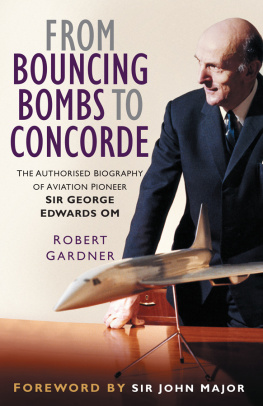


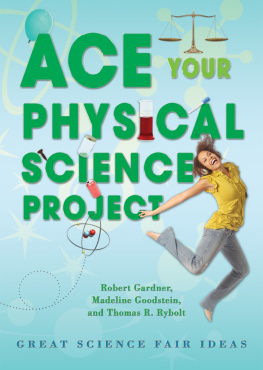
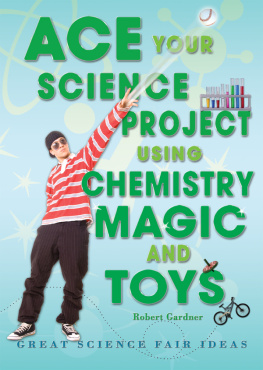


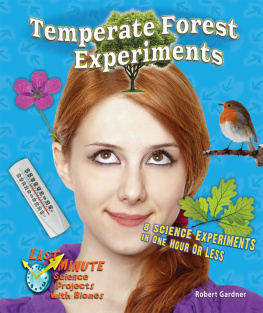
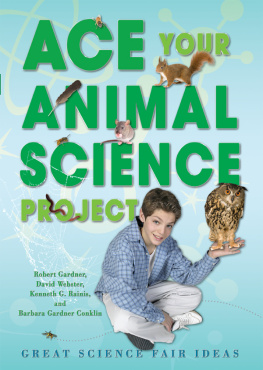
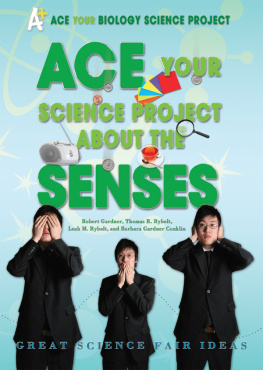
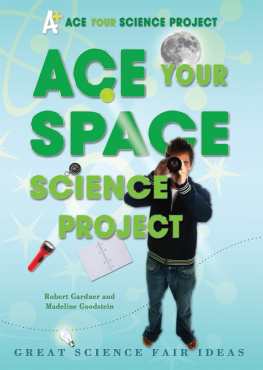
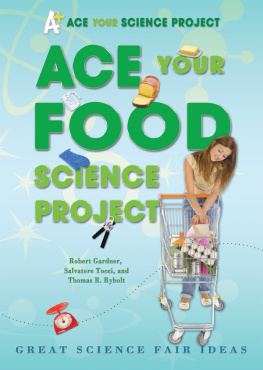

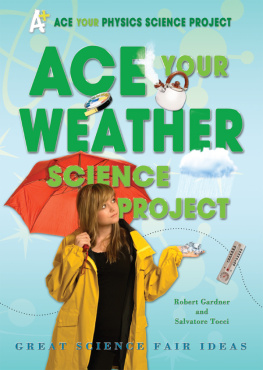
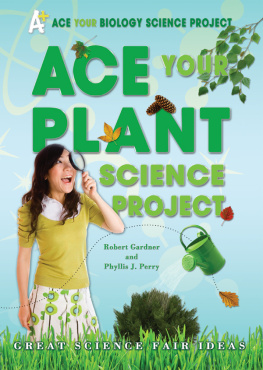

 ) include a section called Science Fair Project Ideas. The ideas in this section provide suggestions to help you develop your own original science fair project. However, judges at such fairs do not reward projects or experiments that are simply copied from a book. For example, a ball or car rolling down an inclined plane would probably impress the judges more if it were done in a novel or creative way. A better project might involve a carefully performed experiment to find out whether the angle at which a baseball is thrown affects the time it takes to reach home plate. This project would probably receive careful consideration.
) include a section called Science Fair Project Ideas. The ideas in this section provide suggestions to help you develop your own original science fair project. However, judges at such fairs do not reward projects or experiments that are simply copied from a book. For example, a ball or car rolling down an inclined plane would probably impress the judges more if it were done in a novel or creative way. A better project might involve a carefully performed experiment to find out whether the angle at which a baseball is thrown affects the time it takes to reach home plate. This project would probably receive careful consideration.